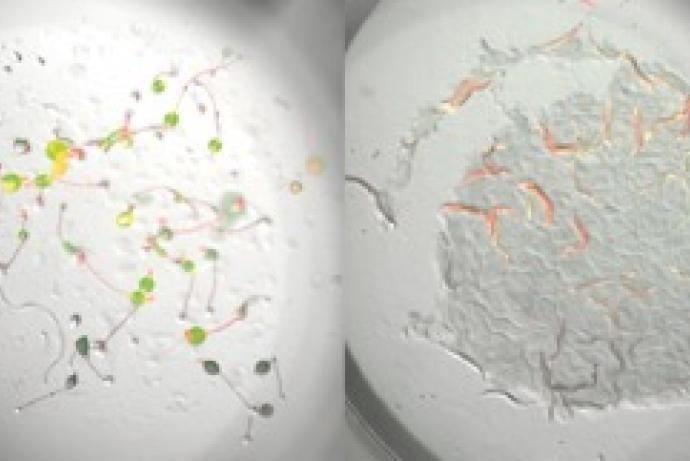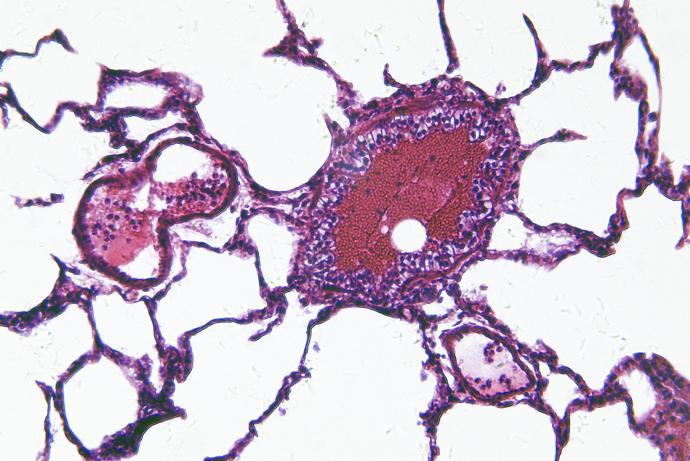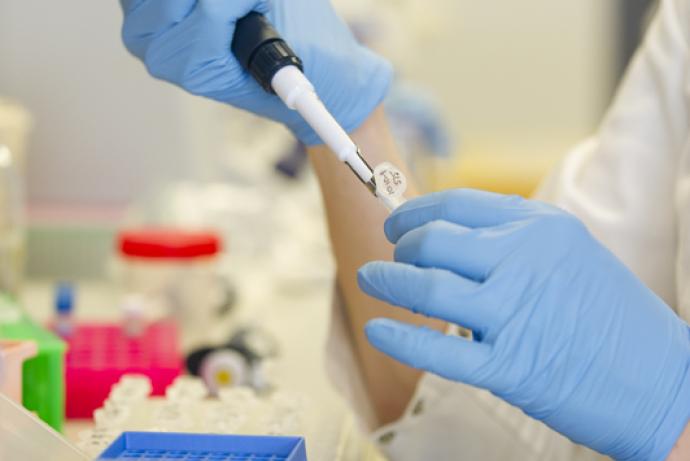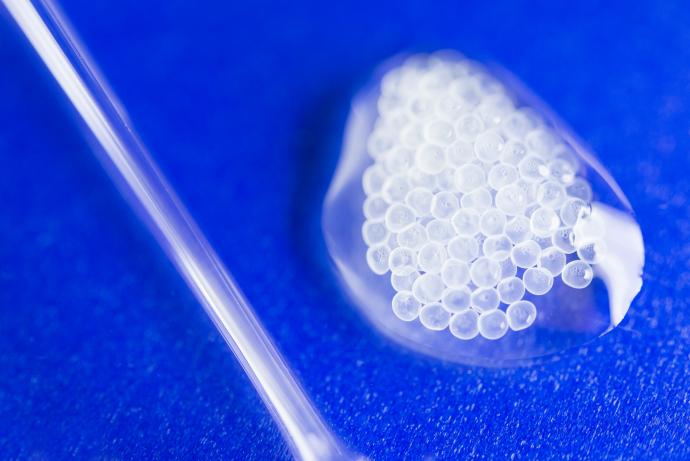PREDART
The aim of this Challenge was to develop and characterise non-mammalian assays to provide an indication of developmental and reproductive toxicity potential to mammals, including man, in order to reduce and refine in vivo mammalian testing.
To address this Challenge, the team at the Institute for Risk Assessment Sciences/ Toxicology, led by Professor Raymond Pieters, have formed a company called Vivaltes that offers a service pipeline for toxicological assessments using non-mammalian species.
This project and its impacts are featured as a case study in the 2019 CRACK IT Review.
Publication
van der Voet M et al. (2021). Towards a reporting guideline for developmental and reproductive toxicology testing in C. elegans and other nematodes. Toxicology Research. 10(6) 1202-1210. doi:10.1093/toxres/tfab109
10 years of CRACK IT webinar: The worm that turned the tide on in vivo DART testing
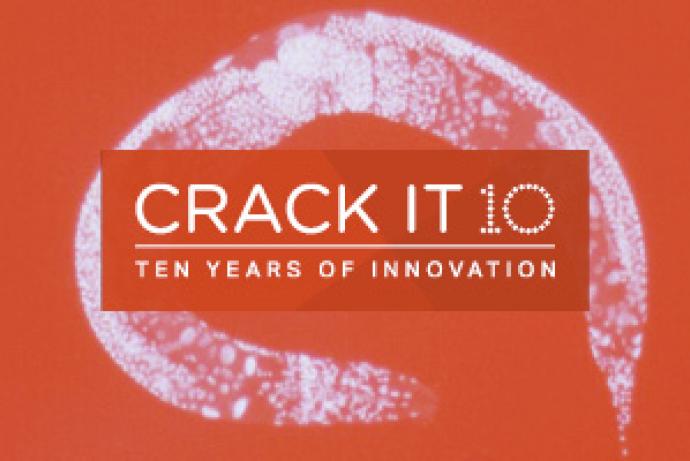
In March 2021 we held a webinar about the PreDART Challenge and the a C. elegans platform developed by Vivaltes to address the Challenge, as part of our 10 years of CRACK IT celebrations. It featured presentations by Dr Marjolein Wildwater, Founder and General Director of Vivaltes, and Dr Martijn Rooseboom from Shell, one of the Challenge Sponsors. The recording of the webinar is now available online.
Publication
Racz PI, Wildwater M, Rooseboom, et al. (2017). Application of Caenorhabditis elegans (nematode) and Danio rerio embryo (zebrafish) as model systems to screen for developmental and reproductive toxicity of Piperazine compounds. Toxicology in Vitro 44: 11-16. doi.org/10.1016/j.tiv.2017.06.002.
Product launched
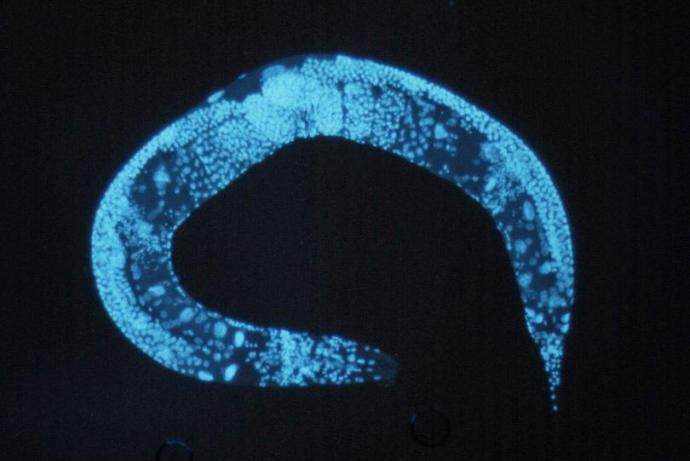
The Vivaltes service pipeline offers non-mammalian Caenorhabditis elegans (C. elegans) testing for Developmental and Reproductive Toxicology (DART).
Challenge completed
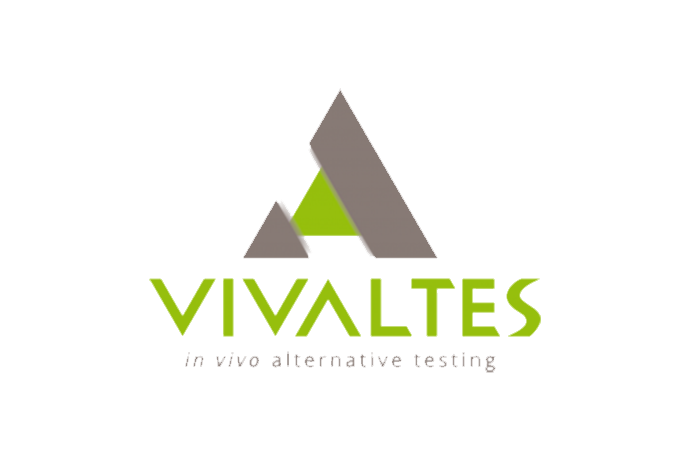
The PREDART Challenge led by Professor Raymond Pieters, Institute for Risk Assessment Sciences/ Toxicology, has been successfully completed. In the process, the team formed a company called Vivaltes that offers a service pipeline for toxicological assessments using non-mammalian species.
Conference presentation
51st Congress of the European Societies of Toxicology (Porto, Portugal)
Conference presentation
SETAC Europe 25th Annual Meeting (Barcelona, Spain)
Conference presentation
Society of Toxicology’s 53rd Annual Meeting (Arizona, USA)
Phase 2 awarded
A team led by Professor Raymond Pieters, Institute for Risk Assessment Sciences/Toxicology, has been awarded £750,000 to deliver the project: An integrative Dictyostelium, C. elegans and zebrafish approach to assess DART.
Conference presentation
19th International C. elegans Meeting (Los Angeles, USA)
Phase 1 awarded
Three Phase 1 Awards were made to project teams led by:
- Professor R Wayne Glasse-Davies, Brainwave‐Discovery Ltd, £96,600.
- Dr Nils Klüver, Helmholtz Centre for Environmental Research GmbH ‐ UFZ, £99,957.
- Professor Raymond Pieters, Institute for Risk Assessment Sciences/ Toxicology, £100,000.
Challenge launched
Sponsored by Shell and Syngenta, the PREDART Challenge aims to develop and characterise non-mammalian assays that can provide an indication of developmental and reproductive toxicity potential to mammals, including man, in order to reduce and refine in vivo mammalian testing.
Background
Developmental and reproductive toxicity studies in rats and rabbits form the main basis for regulatory assessment of the potential effects of chemicals on the developing foetus. These studies use large numbers of animals, are expensive and time consuming. In addition, the relevance to humans of effects seen in these studies is not always clear and significant species differences exist. In addition, there remains a dearth of information about the fundamental pathways of embryogenesis and the effects of toxicity on them.
If a compound is found to be toxic to reproduction and/or development, this has significant consequences for potential use of the product, including restriction from occupational and/or consumer use or prohibition of authorisation for any use under regulatory schemes, including REACH and the EU’s plant protection products regulation. It is therefore important to obtain an indicator of developmental toxicity early in the product development pipeline.
In the past the use of alternative models in lower species or in vitro systems has been hampered by the drive for a 1:1 predictive screen for mammalian outcomes. However, in the absence of an understanding of the complex underlying developmental pathways and species differences this has proved to be unachievable.
In recent years numerous alternative developmental biology model systems have been explored, ranging from whole organism systems including zebrafish, Caenorhabditis elegans and slime moulds, to cell based systems using mouse or human embryonic stem (ES) cells. Groups working with these systems are embracing and exploiting the explosion in molecular biology and genetics to better understand the underlying pathways driving normal embryogenesis and the effects of perturbations to these pathways.
The key to unlocking the potential of these alternative test systems is to understand the conservation of key pathways across different species, including mammals, and to use these non-mammalian (surrogate) systems to inform mammalian toxicity potential. The issue of exposure concentrations in the test systems versus those in rats/rabbits and humans will also need to be assessed. There has been progress in this direction in recent years, but there is now a need for a focused effort towards practical, commercial solutions, which will include an integration of the available systems.
3Rs benefits
A standard two-generation reproductive and developmental toxicity study typically uses around 2,500 test animals. An early indication of developmental toxicity potential during compound development (such as relevant pathway perturbations) would be of benefit as a screening or ranking tool, helping to inform compound selection and direct testing strategies. The information can also be used to predict structure activity relationships (SAR) and steer chemistry design away from these key alerts.
This could impact on animal use in a number of ways including.
- Reducing the number of regulatory toxicity studies carried out in animals (e.g. developmental and reproductive toxicity, teratogenicity, carcinogenicity) on compounds with potential for developmental toxicity that would not therefore be progressed into product development.
- Supporting weight of evidence and/or read across arguments for registration, consequently reducing and replacing the use of animals for developmental toxicity testing. In the longer term as our understanding of underlying pathway perturbations improves and confidence is gained in these models, the opportunities to replace the use of rodents and rabbits will increase.
Phase 1 winners
Project teams led by:
- Professor R Wayne Glasse-Davies, Brainwave‐Discovery Ltd, £96,600.
- Dr Nils Klüver, Helmholtz Centre for Environmental Research GmbH ‐ UFZ, £99,957.
- Professor Raymond Pieters, Institute for Risk Assessment Sciences/ Toxicology, £100,000.
Phase 2 winner
Project team led by:
Full Challenge information
Through the PREDART Challenge, the team developed a test battery of assays combining three alternative non-mammalian test systems (the zebrafish Danio rerio, the nematode C.elegans and the social amoeba Dictyostelium discoideum) to pre-screen compounds for developmental and reproductive toxicity (DART) and identify mechanisms of action, reducing the number of regulatory animal studies carried out.
The advantages of the test systems include rapid high throughput screening, short turnover time enabling the entire developmental and reproductive cycle to be examined and easy identification of adverse outcomes pathways and molecular imitating events. The assays have been validated using 42 well characterised DART positive and negative compounds. D. Discoideum, C.elegans and D.rerio detected DART compounds with assay sensitivity values of 87%, 87% and 74%, respectively (Table 1.). Combining all three test systems increases the sensitivity to 92%, highlighting the value of the combinatorial approach.
The team has formed a company, Vivaltes B.V. which offers the alternative non-mammalian test system assays as a screening service. If you are interested in using alternative non-mammalian models as a screen or would like further information, please contact Dr Marjolein Wildwater.

Table 1. Sensitivity of the three alternative non-mammalian test systems in detecting DART.
Toxiocological assessments using non-mammalian species
Vivaltes offers a combination of data science and wet lab testing with the non-mammalian organism Caenorhabditis elegans (C. elegans) to assess adverse and/or positive health effects of compounds.

Areas of service include food and animal feed, chemicals, active plant ingredients, and pharmaceuticals.
Uniquely, Vivaltes’ systems allow combinations of active compounds and substances with unknown or variable composition, complex reaction products or of biological materials (UVCBs) to be tested.
Originally developed for developmental and reproductive toxicology (DART) testing, their wet lab portfolio now also includes, neurotoxicity, oxidative stress, fat accumulation, eating behaviour, associative learning, energy levels, and autophagy. Toxicity and beneficial health effects can be tested concurrently, with the possibility to start from a disease model.
Their data science portfolio includes evolutionary cross-species conservation mapping, phenomics, and pathway mapping.
Features



Access the technology
Find out more about this product and discuss options for tailor-made solutions via the Vivaltes website.

